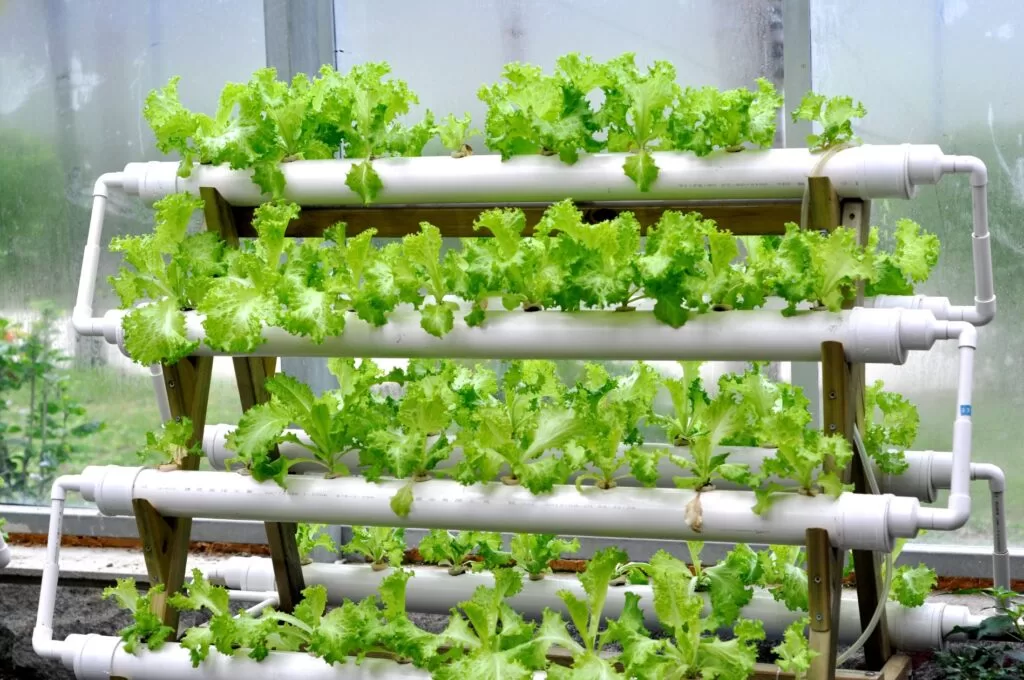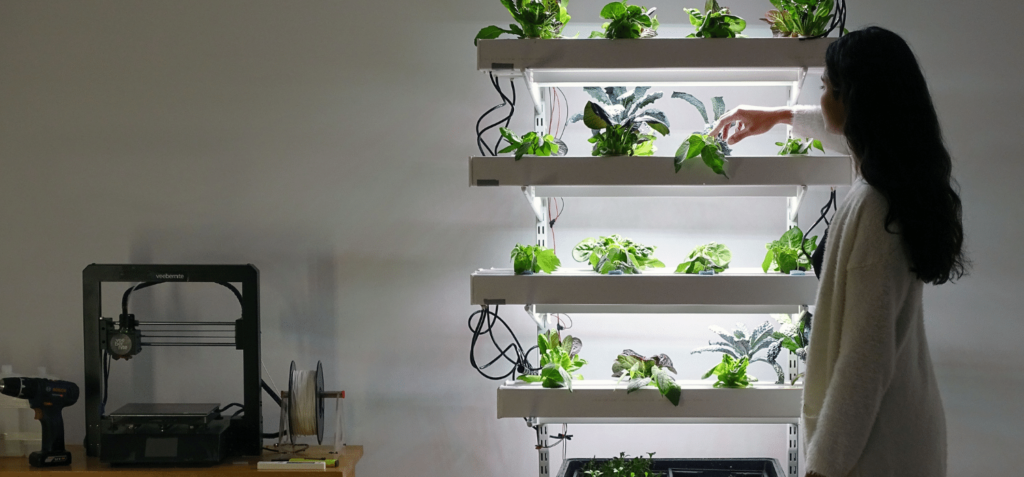Designing a vegetable garden layout involves several steps:
- Determine the size and location of the garden. The location should have at least six hours of direct sunlight per day and good drainage.
- Assess the soil quality and amend as needed. This may include adding organic matter, such as compost, and testing for pH levels.
- Divide the garden into sections for different types of vegetables. Consider factors such as the mature size of the plants and their sunlight and water requirements.
- Plan for companion planting. Some plants, such as beans and corn, can be planted together to improve growth and yield.
- Consider the use of raised beds, which can improve drainage and make it easier to amend the soil.
- Make a plan for irrigation and pest control.
- Finally, consider the aesthetic design of the garden, such as the use of paths, trellises, and other decorative elements.
Table of Contents
How do you arrange a vegetable garden?
Arranging a vegetable garden involves organizing the plants in a way that maximizes their growth and yield while also creating a visually pleasing design. Some tips for arranging a vegetable garden include:
- Grouping plants with similar sunlight and water requirements together. For example, tomatoes, peppers, and eggplants all need full sun and consistent moisture, so they can be planted in the same area.
- Using companion planting to improve growth and yield. For example, planting beans near corn can help the beans climb the corn stalks and improve yield.
- Creating paths and walkways in the garden to make it easy to access all areas and to provide room for wheelbarrows and other gardening tools.
- Planting taller plants, such as tomatoes and corn, in the back of the garden and shorter plants, such as lettuce and radishes, in the front. This will create a sense of depth and make the garden appear larger.
- Using trellises, cages, and other supports for vining plants, such as cucumbers and peas.
- Incorporating decorative elements, such as flowers, into the garden design to add color and interest.
- Using crop rotation, to avoid overusing a specific area of soil and to make the most of the soil in the garden.
- Have a plan for irrigation, it’s important to make sure your plants are getting the right amount of water they need.
- Have a plan for pest control. Keep an eye out for any signs of pests and take action to keep them under control.

How do I make my vegetable garden look good?
There are several ways to make a vegetable garden look good:
- Plan your garden layout: Use a variety of shapes and sizes of plants to create interest and depth.
- Use companion planting: Companion planting is the practice of planting different types of plants together that have a beneficial effect on each other.
- Add mulch: Mulch helps to suppress weeds, retain moisture, and keep the soil cool.
- Incorporate flowers: Adding flowers to your vegetable garden can add color and attract beneficial insects.
- Create paths: Use a material such as gravel, wood chips, or bricks to create paths through your garden.
- Use raised beds: Raised beds can help to improve drainage and make it easier to control the soil quality.
- Group plants by type: Group similar plants together in the same bed or area, to create a more cohesive look.
- Care for the garden: Regularly water, weed, prune, and care for your plants to keep them healthy and looking their best.
- Use trellis and support: Use trellis, stakes and cages to support your plants and keep them upright, this will make your garden look more organized and neat.
- Lighting: Use outdoor lighting to highlight different features of your garden and make it look more inviting at night.
How can I design my own garden?
Designing your own garden can be a fun and rewarding experience. Here are some steps you can take to design your own garden:
- Assess the site: Take into consideration the amount of sunlight, soil type, and drainage in the area where you want to create your garden.
- Make a plan: Sketch out a rough plan of your garden, including the location of plants, paths, and any other features you want to include.
- Consider the scale and proportion: Make sure the elements of your garden are in proportion to each other and to the overall space.
- Choose plants: Select plants that will thrive in the conditions of your garden and that will complement each other in terms of color, texture, and form.
- Create a focal point: Add a focal point to your garden, such as a statue, water feature, or large container.
- Incorporate hardscaping: Add hardscaping elements such as paths, walls, and retaining walls to give structure and definition to your garden.
- Add lighting: Incorporate lighting into your garden design to highlight certain features and make it usable at night.
- Create different zones: Create different areas within your garden for different activities, such as a seating area, a children’s play area, or a vegetable patch.
- Consider maintenance: Consider the maintenance required for each plant, and make sure you have the time and resources to take care of them.
- Make it personal: Add personal touches to your garden, such as a family ornaments, ornaments with sentimental value, and other things that make your garden unique to you.







